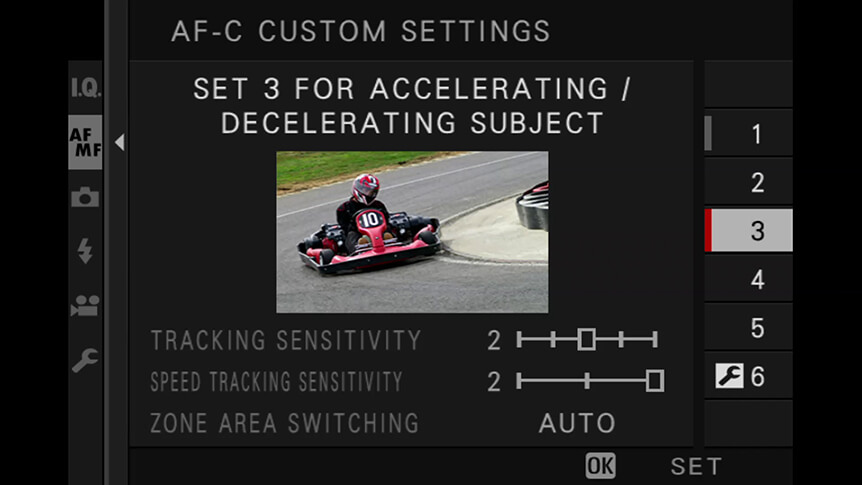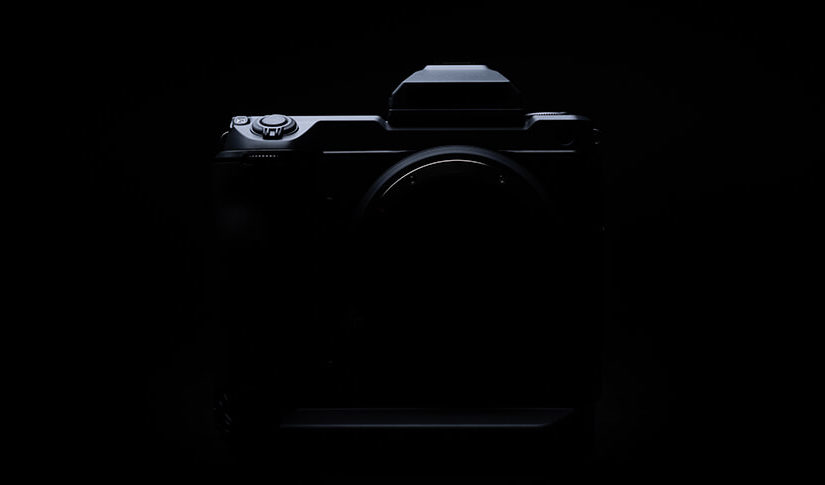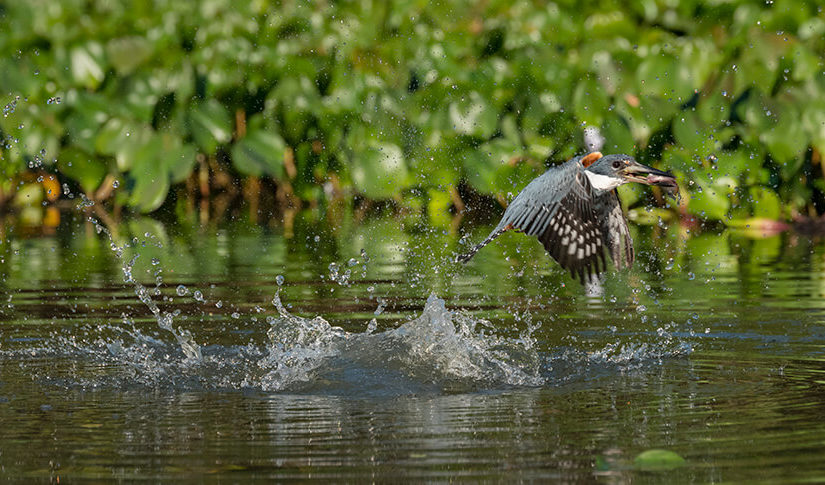
 7 minute read
7 minute read
Focus on the Action
If you want pin-sharp sports, wildlife, and action subjects, then check out these top focus tips
Moving subjects can make for truly moving images – get your pictures right and the viewer will be amazed! From everyday situations like children running in the park and pets gallivanting in the garden, to professional athletes burning up the track or swooping birds of prey, there’s a thrill to capturing and viewing these energetic subjects. But the faster they move, the trickier it gets.

Photo © Nicole Young
Nobody wants to see an out-of-focus sports, action, or wildlife image – it needs to be pin-sharp and packed with detail. Thankfully, your FUJIFILM X Series camera is bursting with focusing features to help you achieve exactly that. So, here are some of the functions you can use to nail your focus, time after time.
Choose the Right AF Setting
Here’s where you need to start. Your X Series camera will typically offer two main autofocus settings – Single and Continuous.
Single AF is the best option when the subject is static, whereas Continuous AF constantly refocuses while the shutter release is half-pressed, or the AF-On button is pressed. So, Continuous is a really good choice for moving subjects, as it keeps them in focus even if their distance from the camera changes.

Photo © Michael Clark
Pick the Best AF Mode
There are three autofocus modes: Single Point, Zone and Wide/Tracking. There’s also a fourth area option – All – but this just allows you to switch between the first three without needing to go back into one of the menus. It’s handy when you need to change settings fast.
Single Point lets you select one focusing point and move it around the frame to find the best place for the subject. Zone uses a group of points that you use to define the ‘zone’ of action, while Wide/Tracking covers the whole frame and tracks a subject within it based on colour, contrast, and shape recognition.
Select the Position and Size of AF Points
In both Single Point and Zone focusing modes, the point or zone can be varied in size and moved around the frame using the camera’s Focus Lever, directional pad, or the touch screen. This lets you quickly select the part of the frame where the subject is. On some cameras, pressing in on the Focus Lever will move the AF point or zone back to the middle of the frame – on others you can press DISP BACK button to do the same thing.
The size of the point or zone can be changed using the front or rear command dials. If you want to focus on a specific part of the subject, like a face, or the front of a racing car, try sizing the AF zone to cover that. Alternatively, size it to cover the whole subject.

Photo © Dirk Bogaerts
Custom AF Presets
If you’re following a moving subject, use the Continuous AF setting and then select one of the AF-C custom presets in the AF/MF SETTING menu. Each preset changes the way the AF system behaves, depending on how the subject is moving.

Choose from:
Face/Eye Detection for Moving Subjects
If your action subject has their face visible, such as when framing up a tennis player, a footballer, or a kid on a swing, try using the Face/Eye Detection AF mode. You’ll still need to be in Continuous AF mode if the subject is moving, but a half-press of the shutter button or pressing the AF-On button will lock the focus on them and keep it there for as long as you want.

Photo © Chris Daniels
Prefocus for the Perfect Frame
If you know that your subject is going to be in a particular area at a particular time – like a horse leaping over a jump, or a basketball player slam-dunking – then you can use a technique called prefocusing. It’s also a great way to make sure your subject is framed really well in the scene.
Here’s what to do: first compose the shot and, in Single AF mode, move the AF point to a part of the scene that you know the subject will move past. Try to make sure it’s not too far in front or behind them. Half-press the shutter release or use the AF-On button to lock the focus there, and then wait until the perfect moment to shoot.

Photo © Bobbi Lane
Continuous AF for Filmmakers

Photo © Bryan Minear
Your X Series camera focuses just as well for movies as it does for stills. Once you’re in movie mode, you’ll notice the options change slightly, but the basic functions are the same.
You can set the Movie AF mode between Multi and Area. The former is like Wide/Tracking in stills and covers the whole frame. Area lets you select a specific part of the frame to focus on.
You’ll also find an AF-C Custom Setting, which lets you adjust tracking sensitivity and AF speed. Tracking Sensitivity, which has settings from 0 to 4, controls how long the camera will wait before switching focus to a new subject when it enters the frame. So, if you’re trying to keep focus on a particular subject in a crowded environment, you may want to set the Tracking Sensitivity to a low level.
AF Speed, which can be set between -5 and +5, sets the speed of adjustment – how rapidly the subject will be brought into focus. So, if you want a slower change in focus, set it low, and if you want the change to be faster, set it high.
Face and Eye Detection AF is also available in movie mode, so make use of that when and where you can, too.













































































